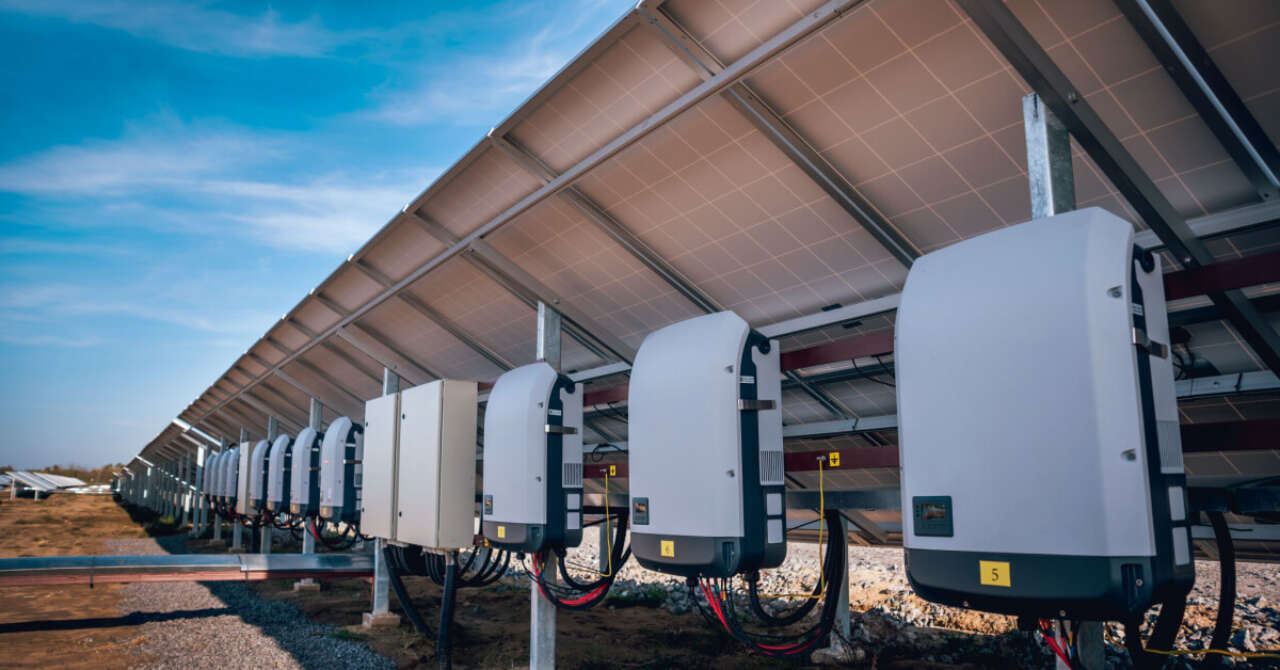Different Types of Solar Panel Inverters in Adelaide, SA
Posted on 09 January 2023
Whether you opt for residential or commercial solar panels, one of the most important components of your system is a solar inverter. The inverter converts variable DC output collected from commercial solar panels into usable AC output. This AC output can then be stored by solar power batteries for backup during emergencies. Inverters are also connected to the main grid and play an important role in managing the electricity that flows back into it. Contact Solar Power Direct to learn more about safe and reliable solar inverter installation in South Australia.
String Inverters
String inverters are the most commonly used type of solar inverter. Solar panels are wired together and connected to the inverter which is usually installed on the roof.
The benefits of a string inverter are:
- They are low cost
- They are durable
- They are easier to maintain than other inverters
The disadvantages of a string inverter are:
- Efficiency is negatively impacted by shade
- Can only be used with simple systems
- Unable to monitor panels individually
- Single point of failure
Micro Inverters
Micro investors are small, individual inverters connected to the back of each solar panel. They are known to maintain the efficiency of a system even if some panels are under shade. These systems are easier to upgrade because more inverters can be added and replaced with ease.
Benefits of micro inverters are:
- Better performance than string inverters
- Flexible systems which adapt to new requirements
- Ability to monitor the performance of each panel
- Easy to replace and repair
The disadvantages of micro inverters are:
- Require a greater investment
- Regular maintenance is a must
- Electrical components are located on the roof which can be difficult to access
Power Optimisers
While power optimisers are similar to microinverters, they are not independent inverters and must be used with a string inverter. The DC energy from power optimisers needs to be converted with a string inverter, but there is no doubt that power optimisers create value in exchange for a reasonable investment.
The benefits of power optimisers are:
- Significantly better performance for a minimal increase in cost
- Can monitor individual solar panel performance
- Cheaper than micro inverters but better than a single string inverter
Disadvantages of power optimisers are:
- Require frequent maintenance to ensure efficiency
- Electrical components are located on the roof and could be difficult to access
Cutting Edge Solar Inverters and Solar Power Batteries in SA
Are you interested in going solar? Here at Solar Power Direct, we take pride in helping Australians take the first step in their journey towards total energy independence. Contact us today for expert solar installation or advice on how to choose solar components.


